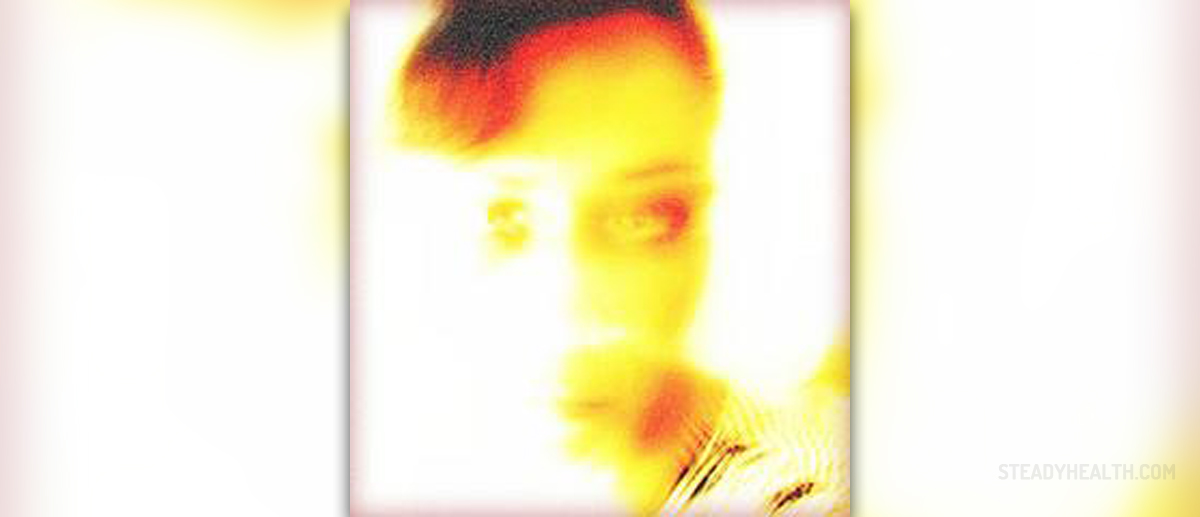
Child abuse, no matter whether it is physical, emotional or the combination of the two is traumatic for each and every child, leaving emotional scars for the rest of his/her life. Some signs of child abuse are subtle while others are quite noticeable, especially when it comes to physical abuse. By being capable of recognizing child abuse signs, one may prevent further abuse and timely help the child, who may, if the abuse continues, suffer long-term consequences which will further interfere in all the aspects of his/her future life.
Types of Child Abuse and How to Recognize Them
Emotional abuse, child neglect, physical child abuse along with sexual abuse are types of child abuse.
Emotional abuse is sometimes even more detrimental than physical one. It may sound amazing but emotional abuse is blamed for severe damage of the child's mental health, social development and the overall well-being. Emotional abuse is easily recognized if parent/parents or other individuals are constantly belittling, shaming and humiliating the child. Calling names and making negative comparison to other people is a sign of emotional abuse as well. If the child is being repeatedly told that he/she is no good or simply a mistake, this will leave deep scars in his/her mental sphere. Additional signs of emotional abuse are yelling, threatening and bullying, ignoring or rejecting a child as a form of punishment. Even silent treatment may be detrimental and considered as emotional abuse. Deprivation from any physical contact such as hugging, kissing and other signs of affection are also a form of emotional abuse.
Child neglect is another form of child abuse. Abusers of this type deprive the child from basic needs such as food, clothing, hygiene and even supervision. Child neglect is easily recognized and it may be a consequence of illnesses parents of the child suffer from (untreated depression, anxiety etc.) or develop due to alcohol and drug abuse.
Physical child abuse develops in a form of doing harm to the child and is connected with frequent 'injuries' the child experiences. Some people deliberately hurt the child, while others do it unconsciously. Such abuse is additionally related to strict and severe discipline some parents practice.
Finally, sexual abuse is usually well-hidden and sometimes hard to recognize. The major problem is guilt and shame sexually abused children feel which prevents them from seeking help. Even though sexual predators are present around each and every corner of the world, the major problem lies in family, relatives and close friends who are reported to be commonly involved in sexual abuse of a child. By paying close attention to the child's behavior parents may notice a strange behavior when the abused child in the company of the abuser and be more cautious when it comes to leaving the child alone with certain people.
Child Abuse and Neglect: Warning Signs
Abused children are excessively withdrawn and fearful. They may be anxious and show even some extremes in behavior like being completely passive or, on contrary, aggressive. They detach from their parents and caregivers too.
Physical abuse develops in a form of frequent injuries and unexplained bruises/welts/cuts. Injuries may be inconsistent with parent's story of how an injury has taken place. The abused child is also always watchful, withdraws from touch and may even flinch at unexpected movements.
Warning signs of neglect include ill-fitting and filthy clothes usually inappropriate for the weather, permanently bad hygiene, untreated diseases and injuries and frequent missing from school.
As for sexual abuse, the child may have difficulty walking or sitting and show unusually knowledge or interest in sexual acts which is inappropriate for his/her age. The hallmark of sexual abuse is definitely strong effort to avoid a specific person without apparent reason. The presence of STDs or pregnancy are clear signs of sexual abuse in young girls.
Child Abuse Relevant Data
Each year in the United States around 3 million children are confirmed to be abused. Unfortunately, this digit is much higher because there are plenty of undetected cases.
According to general statistics, a report of child abuse is submitted every 10 seconds while approximately 5 children per day are exposed to abuse of any kind. The bothersome fact is that 3 out of 4 such children are not even 4 years old. Children of all socioeconomic levels, cultural lines, ethnicity and religions can be victims of abuse.
The problem remains prevalent because even 60-85% of child fatalities associated with abuse are not recorded as such on death certificates.
The victims know their abusers in 90% of all cases, while family members are a part of this deviant behavior in around 68% of all cases.
Abused and neglected children are prone to become abusers themselves. As a matter of fact this is reported in around 30% of such children later in their lives.
These children are more prone to psychological disorders, teen pregnancies and STDs, criminal behavior later in life, and are also highly likely to become addicted to drugs or alcohol.
Is Prevention Possible?
Even though prevention of such deviant behavior cannot be achieved, some circumstances that might lead to child abuse may be avoided and this way the risk at least a bit reduced. For instance, women sufferers from domestic violence may prevent child abuse if they move away from the house they are molested. Children of parents who are drug addicts of alcoholics should be temporarily taken and only when parents get rid of their unhealthy habits should be returned to their homes. Similarly, parents suffering from certain illnesses which interfere with raising their child must be treated properly. Some people should be taught to have realistic expectations regarding their children and finally, by getting support with every day stress one may avoid acting inappropriately towards his/her child.


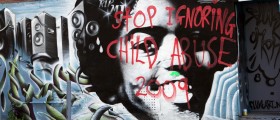

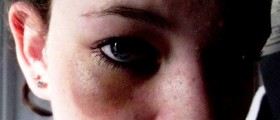
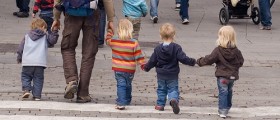





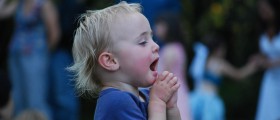
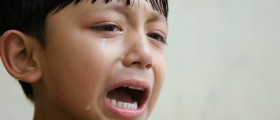

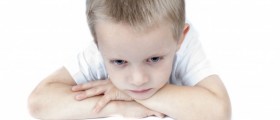


Your thoughts on this
Loading...